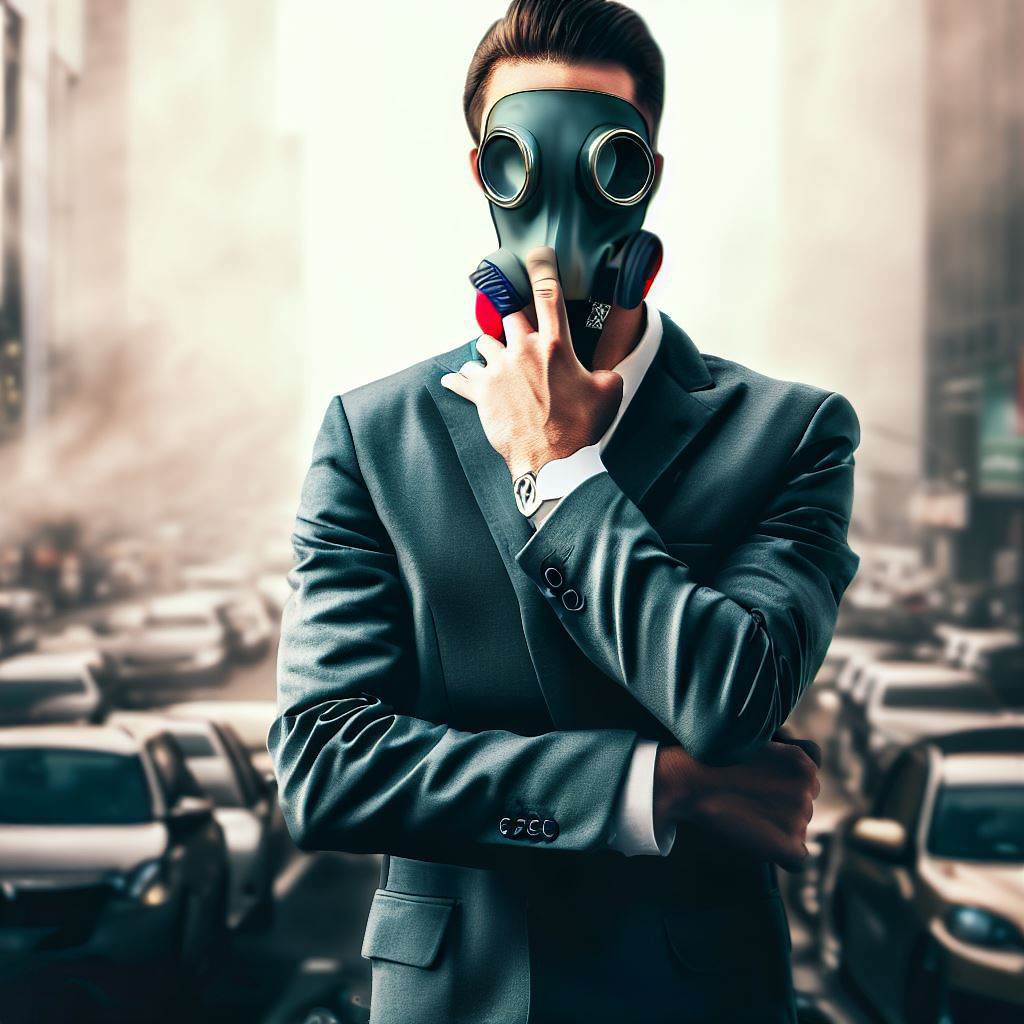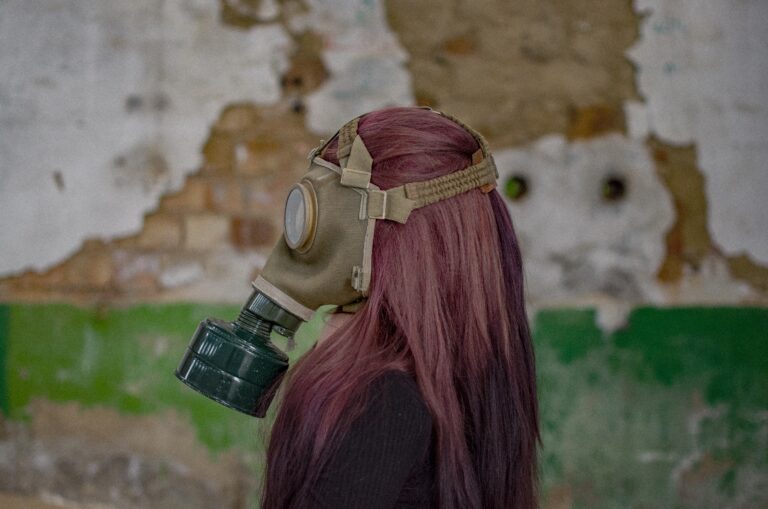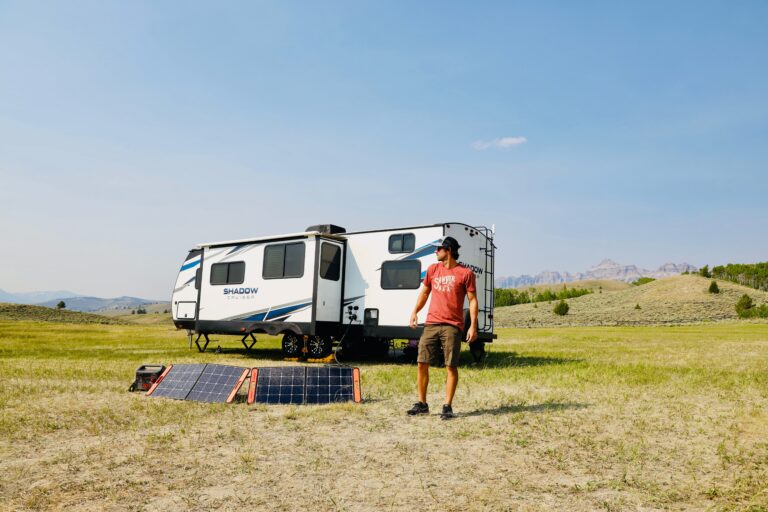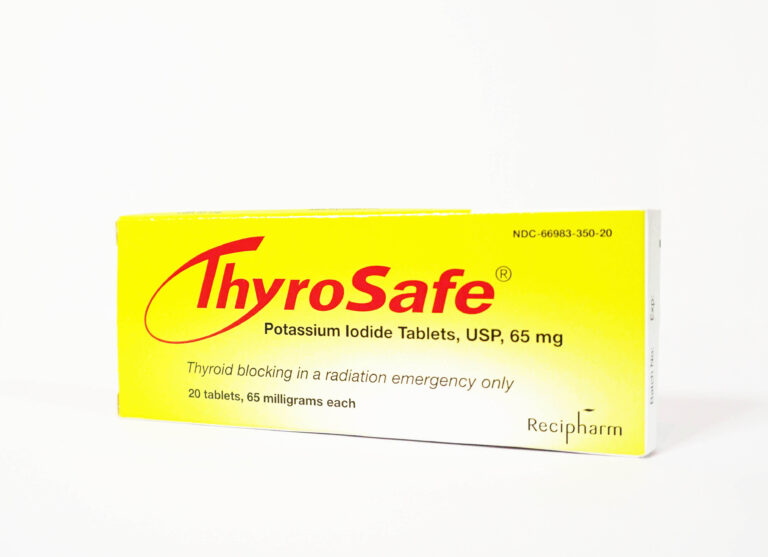Perhaps you are one of the many individuals who have questioned whether a gas mask is necessary for a civilian. After all, shouldn’t the government or military be the only ones who have access to this form of protection. Doesn’t it look seem silly that a grown man or women should go around wearing a gas mask respirator? Perhaps you are wondering what the difference between a respirator and a gas mask is..
The recent train derailment in Palestine, Ohio highlights how in a matter of hours or even minutes, an everyday situation may become extraordinarily perilous. I’m certain that some Palestinians who had never considered acquiring a gas mask may now have second thoughts. When the hazardous vapors released into the atmosphere, it was not surprising to see emergency response teams on live television wearing chemical suits and gas masks. Why, because everything was under control? Think about it, if there is no immediate danger why were they wearing all that gear?
Still not certain as to why you should own a gas mask, continue reading below, it will answer why you should buy one.
Table of Contents
Why You Should Buy a Gas Mask Respirator
There are many reasons why gas masks are worn. The instances where they are needed are much more frequent than most people realize.
Emergency Preparedness
As the world’s population continues to grow more and more technologies are required to sustain this growth. Technologies such as industrial plants and refineries and nuclear power plants are continuing to be built to meet this growth demand. Along with this comes an increased possibility of an accident occurring whether it be by leak or spill. Having a gas mask should this occur could possibly provide precious few minutes or hours to find safety.
Peace of Mind
There is something to be said about knowing you are a little more prepared than those around you to handle a certain situation. Having the protective filter of a gas mask will lesson panic and help you think more clearly in an environmental or biological emergency.
Different Types of Masks
Escape masks, powered air-purifying respirators, and respirator masks are the three most common forms of gas masks.
Respirator Masks
Respirator masks are the most often used form of gas mask. They have filters that remove airborne contaminants and cover the nose and mouth. There are two different varieties: half-face and full-face. Half-mask respirators cover the nose and mouth and are more pleasant to wear for extended periods of time. Full-face respirators cover the entire face and offer more protection, although can be difficult to use.
Escape Masks
Escape masks are designed for use in circumstances needing immediate evacuation. They are small and compact, making them suitable for storage in a purse or glove compartment. An NIOSH-approved N95 mask such as the ones used as protection against COVID-19 would fall into this category. They provide minimal respiration/protection against airborne particles and should only be worn for limited periods until reaching safety.
Powered Air-Purifying Respirators
Powered air-purifying respirators (PAPRs) continually supply the wearer with clean air by pushing air through filters using a battery-powered fan.
Despite this, they offer the greatest conceivable safety required and are durable enough for extended usage.
Choosing the Correct Gas Mask Respirator
While selecting a gas mask, it is crucial to examine its filtering performance. Some filters are more effective at filtering smoke and particles, while others are more effective at stopping chemical and biological agents.
When acquiring a gas mask, it is essential to know what type of danger you may face.
It should be noted that if you are in danger of being overtaken by a forest fire, a respirator that is equipped with a CBRN (Chemical, Biological, Radiological & Nuclear) or formally called `NBC’ (Nuclear Biological & Chemical) filter is not necessarily the one you want to go with. The filters on this mask are designed to filter out microscopic gas particles. If this filter becomes exposed to heavy smoke with larger particles, the filter could quickly clog and will become useless.
Filtration
- Light Smoke, Dust, Aerosols, organic vapors, urethanes, paint thinners – Get a HALF-FACE or FULL-FACE mask with an Organic Vapor & Particulate Filter. This is just a sample list. Check the filter specifics when you purchase your mask.
- Nuclear Fall Out, Biological or Chemical Attack – Choose a FULL-FACE Gas Mask with CBRN or NBC rated filter.
Mask Fitment
While selecting a gas mask respirator, it is also essential to consider how well it fits and how comfortable it is. We like to go back the 3 `S’ rule. Size, Seal & Sight. A mask the does not fit properly will not only be uncomfortable but could potentially cause death by leading the wearer to believe they are protected when they are not.
Putting on the Mask
Adjust your gas mask’s straps to obtain a snug fit. Position the mask over the nose and mouth and secure the straps at the back of the head.
- Size – Most Gas Masks will have the sizing somewhere located on the forehead or cheek area. If you decide to purchase a mask online many manufacturers will include a sizing chart next to or beneath the item description. More often than not, a size medium will fit 80 to 90% of the general population.
- Seal Exam- Verify the functionality of the mask’s seal by examining it. When covering the filter with your palm, inhale. The mask should compress softly to indicate a satisfactory seal. If the mask doesn’t collapse, adjust the straps or try a new mask.
- Sight – Make sure your vision is not too compromised. No mask offers perfect field of vision, but you should be able to have a fairly good line of sight. Newer full face gas masks will offer this, but there are also some that will have separate eye windows.
Considering the Cost
Generally speaking, when it comes to protection against radiological, biological and environmental hazards going cheap is not a good strategy. Just like Lasik surgery, your eyes are irreplaceable so it may not be the best idea to cheap out in that instance.
You don’t necessarily need to buy the most expensive gas mask respirator, you just need to do your research and feel confident in what you are paying for. Masks that offer built in microphones, drinking straws or dual filters or full-face visors that offer room for eye glasses may cost a little more.
Protective Gas Mask Maintenance
Proper maintenance of gas masks is required to ensure their efficacy. Here are some maintenance and usage guidelines for a gas mask:
Filter Replacement
Filters have a limited lifespan and must be changed frequently. Replace the filter if its expiration date has passed. Some filters are reusable after cleaning, while others are single-use only.
Administration and Storage
Periodically wipe your gas mask with soap and water to remove dust and debris. Maintain your mask in a cool, dry environment away from direct sunlight and heat sources.
Gas Mask Limitations
There are a few drawbacks when it comes to protection from various environmental and radiological threats. See below:
Limited Safety
Insufficient protection is provided by gas masks against radiation and biological illnesses. These should not be substituted for more conventional safety precautions like remaining indoors or evacuating the area.
Oxygen Not Provided
Gas Masks cannot provide oxygen. If you are in an environment that is deprived of oxygen due to an overwhelming amount of chemicals or particles in the air, the gas mask will not be of much use for long.
Problems Breathing
Particularly for people with respiratory difficulties, the usage of gas masks might make breathing more difficult. When worn for lengthy durations, they may create tiredness and pain.
Conclusion
Gas masks respirators provide essential protection against airborne dangers and are an essential component of any emergency kit. Assess the threat against which you require protection, comfort and fit, filter efficacy, and cost when choosing a gas mask. The efficacy of a mask is dependent on its application and maintenance. Despite their shortcomings, gas masks remain an efficient tool of protection against a range of airborne dangers.
FAQs:
Q: How frequently should the filter on my gas mask be replaced?
A: Filters deteriorate with time and must be replaced on a regular basis. If the filter’s expiration date has past, it should be replaced. Some filters are reusable after cleaning, while others are single-use only.
Q: Do gas masks give protection from all hazards?
A: Gas masks provide insufficient protection against radiation and biological diseases. They should not be substituted for more standard safety procedures like as being indoors or abandoning the area.
Are gas masks reusable? It depends on the type of filter and mask. Others are disposable and must be replaced after they have been used. Always follow to the usage and maintenance instructions provided by the manufacturer.
Q: How can I tell if my gas mask is functioning properly?
A: Verify the functionality of the mask’s seal by examining it. When covering the filter with your palm, inhale. The mask should slowly compress, indicating a satisfactory seal. If the mask doesn’t collapse, adjust the straps or try a new mask.
Q: Is a gas mask pleasant to wear?
A: Comfort and fit are essential considerations when purchasing a gas mask. Look for a mask with adjustable straps in order to obtain a snug yet comfortable fit. Nevertheless, gas masks can make breathing more difficult, especially for individuals with respiratory difficulties. When worn for extended periods of time, they may cause fatigue and pain.




